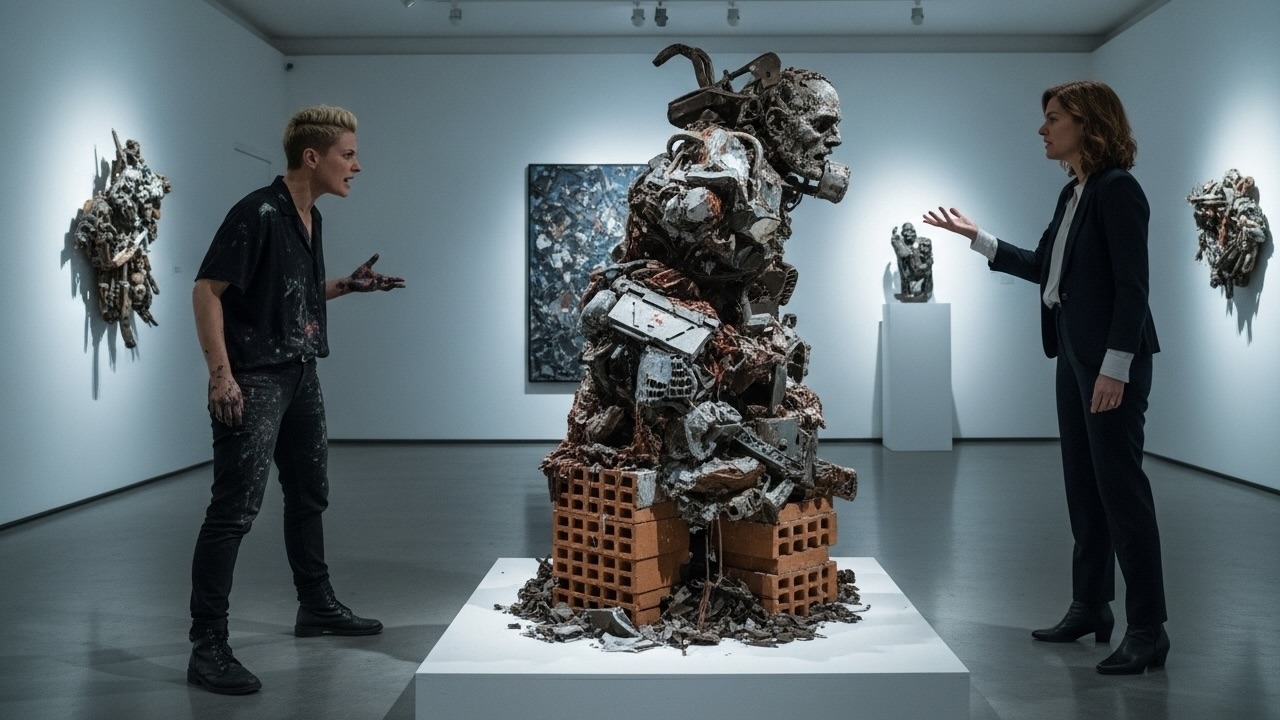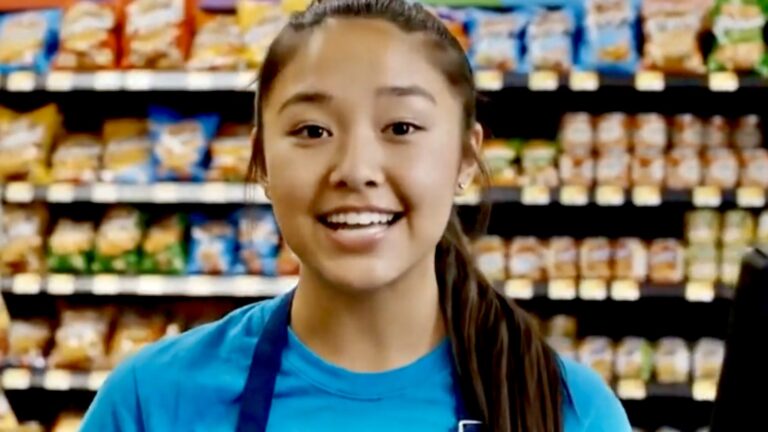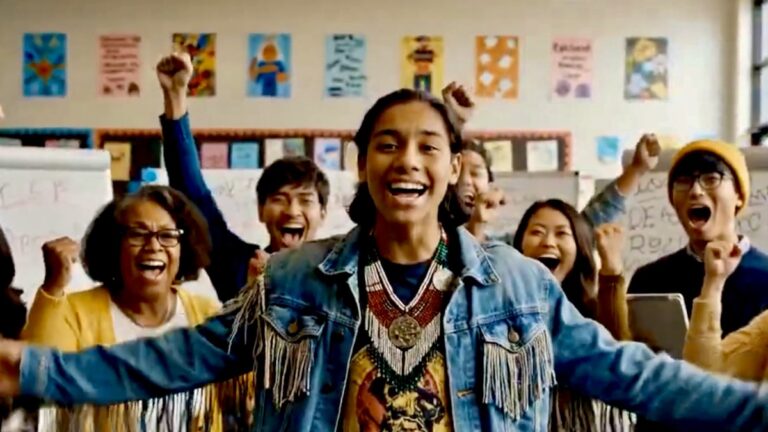
Practical workflows are also changing the conversation. Artists are increasingly using AI to handle repetitive or large-scale tasks, freeing humans to focus on storytelling and interpretation.
Skepticism, Shifts, and New Opportunities
For many arts organizations and creative communities, AI can feel disruptive, even threatening.
When you hear phrases like “generative AI” or “agentic pipelines,” it’s natural to imagine machines replacing human artists, churning out stories, images, or music without nuance or ethical awareness. That skepticism is real, and it’s rooted in experience. Artists have spent years honing craft, building community, and asserting the value of human imagination — and the idea of a machine stepping in can feel unsettling.
There are good reasons for this caution. Many artists worry about losing creative control. If a machine can generate a story or an illustration in seconds, what happens to the years of training and vision behind human work? There’s also the very real concern about bias and cultural misrepresentation. AI models learn from vast datasets, which may contain harmful stereotypes, omissions, or inaccuracies. And finally, there’s the risk of commodification: if art can be generated quickly and at scale, the slow, reflective, experimental processes that define meaningful cultural work could be undervalued. These concerns are not anti-technology; they’re protective, grounded in a desire to maintain integrity, context, and meaning in creative practice.
Yet despite these challenges, the landscape is shifting. AI is evolving not as a replacement for human creativity, but as a collaborator. Modern systems are designed to be transparent and auditable. Every output can be traced back to its human prompt, constraints, and ethical safeguards. Artists retain control over the process, seeing not only what the AI produces but how and why it produced it. In this way, AI becomes a partner rather than a black box.
Constraints, too, are being reframed as enablers rather than limits. Rules around ethics, cultural sensitivity, and stylistic consistency don’t stifle creativity — they shape it. They give human creators a framework in which they can explore ideas safely, experiment confidently, and focus on vision rather than tedious checks. By taking care of structural consistency, AI allows artists to spend more time on nuance, narrative, and emotional depth.
Practical workflows are also changing the conversation. Artists are increasingly using AI to handle repetitive or large-scale tasks, freeing humans to focus on storytelling and interpretation. Multi-modal pipelines — coordinating text, images, audio, and metadata — allow creators to experiment with complex projects that would be difficult to manage manually. In these systems, the AI manages orchestration, ensuring outputs align, while humans guide vision and make artistic choices.
Across the world, we see examples of this hybrid approach. Writers’ collectives use AI to generate multiple story drafts, then curate and refine the outputs, turning machine suggestions into co-created narratives. Visual artists use AI for rapid prototyping, creating iterations that inform traditional media. Community workshops use AI to democratize creative exploration, giving participants with varied experience levels a way to experiment, respond, and contribute ideas. In each case, AI is a tool, not a replacement — a partner that extends human imagination.
Trust is critical for adoption. Artists need to see AI as a system that works with them, not against them. That means human-centered design, ethical safeguards, and education about what AI can and cannot do. It also means framing AI as a collaborator rather than a competitor. When used thoughtfully, AI can amplify human creativity, making complex projects manageable, safe, and scalable without compromising artistic integrity.
The conversation in arts communities is changing. Skepticism remains — and it should. But increasingly, organizations are exploring AI-assisted, human-guided workflows that respect creative agency, cultural context, and ethical considerations. These approaches represent a middle path, showing that AI can enhance rather than diminish the value of human artistry.
In the end, the question isn’t whether AI can create art — it’s how we choose to use it. When AI is transparent, accountable, and aligned with human vision, it becomes a tool that broadens what’s possible. It can generate ideas, manage complexity, and provide inspiration, all while leaving the core act of creation in human hands.
In this collaborative space, art doesn’t disappear — it evolves. It lives in the partnership between human imagination and carefully designed computational systems, opening new avenues for experimentation, expression, and connection.





